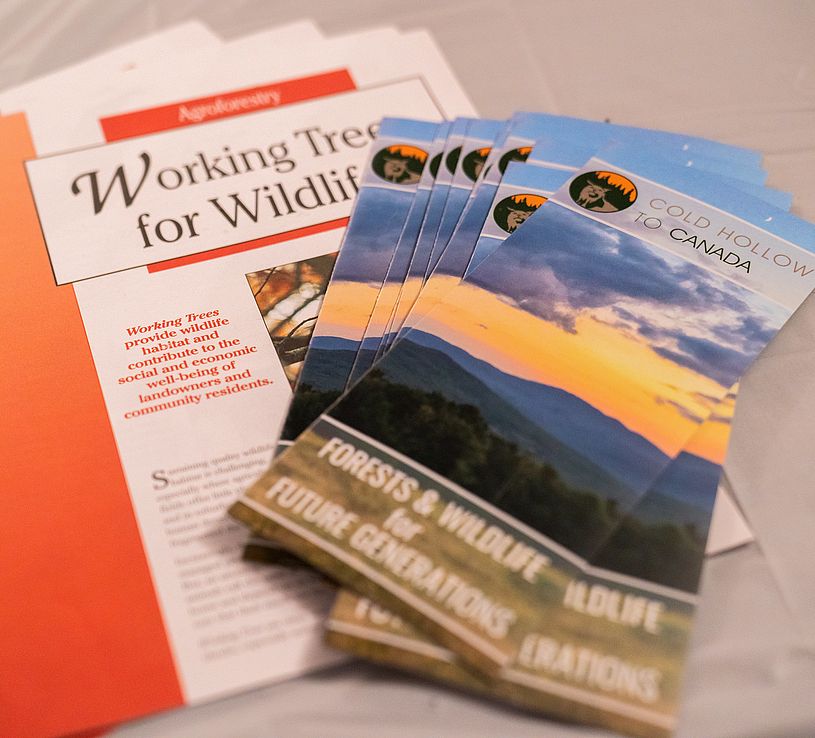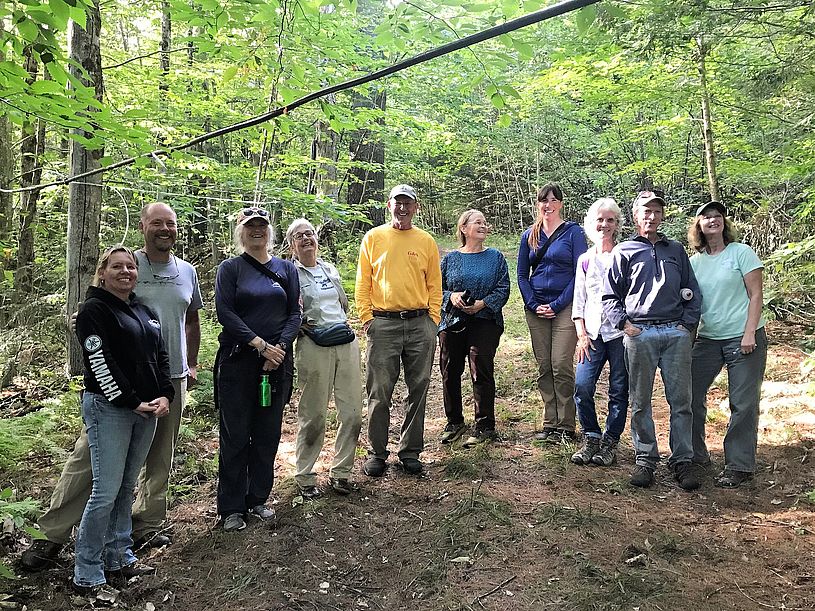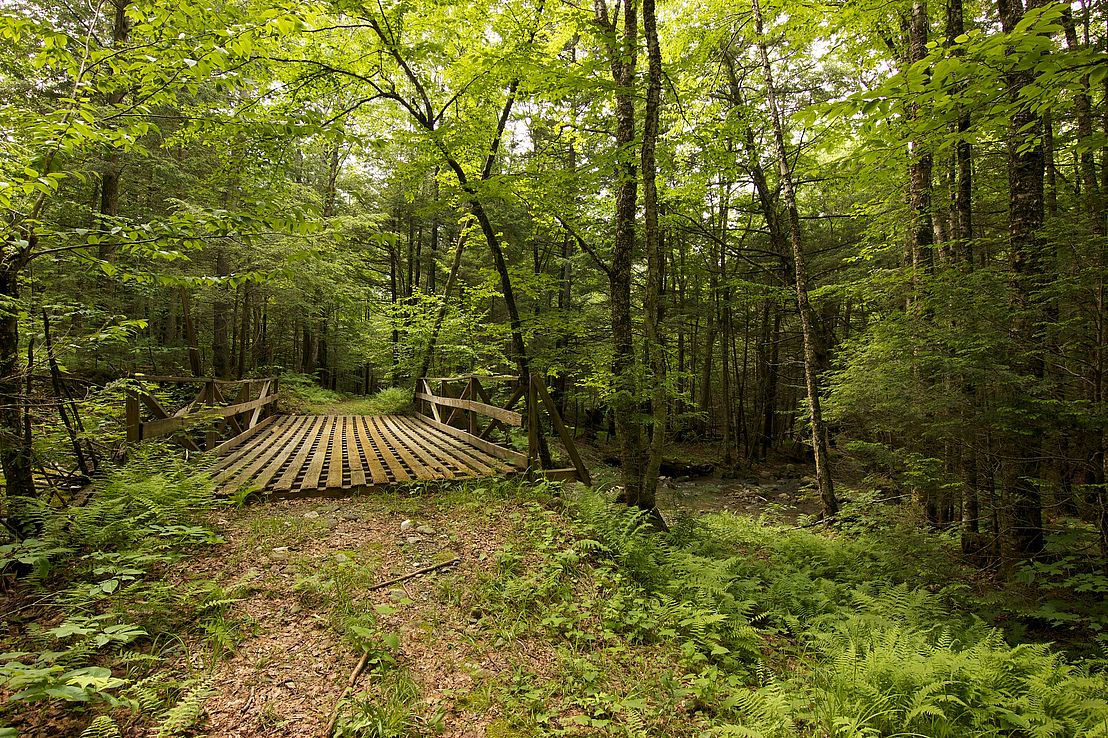Greetings Friends, and welcome to the Summer 2023 edition of CONNECTIONS, the quarterly newsletter from Cold Hollow to Canada. We hope this finds you and yours enjoying all that the season has to offer here in Northern Greens, but more importantly we hope this finds you and yours safe. While much of the CHC region was spared the worst of the flooding Vermont saw last month, many of our friends across the state saw catastrophic damage that led to loss of property, infrastructure, and livelihood. Our hearts are with those impacted, and our eyes are on the horizon as our collective community looks towards a future where the impacts of climate change continue to challenge us with extreme weather, and our work continues to address resiliency in both our natural and build environments.
We have a lot for you in this edition, including the introduction of Dave Erickson, our new Conservation Director; an update from our wildlife tracking programs, which are at a transition point; a synopsis of our spring ash-pounding workshop with Woodlots members; two book reviews from our board members; and an article from Chittenden county forester Ethan Tapper.


This spring, Cold Hollow to Canada closed out our Regional Conservation Partnership Program (RCPP) project with the Natural Resource Conservation Service. CHC entered into the agreement in 2016, which provided $640,999 to support landowners involved in our Woodlots Program.
For the landowners, the expense of and/or processes for forest stewardship planning and conservation activity implementation can be quite daunting. Through this project, Cold Hollow to Canada utilized funds to assist landowners with developing Forest Songbird Habitat Assessments, Climate Change Resiliency Analysis, and Forest Stewardship Plans—all which directed additional funding to specific conservation activity implementation on the ground. This funding was paired with quarterly Woodlots gatherings, which provided outreach and education for landowners’ interests in forest management, EQIP conservation planning and implementation, designing and implementation of the NRCS practices, and assisting landowners with implementation of practices, monitoring, and evaluation. This rich conversation was also usually paired with a shared meal and woods walk.
The first set of quarterly sessions for the first two Woodlots groups took place in October 2017. To date, the program has grown to include 85 participants across the 7 towns, with participant land holding spanning approximately 17,000 acres. CHC has held 33 total Woodlots Gatherings over the course of the project (not including additional remote/webinar opportunities for additional engagement among participating members).
The project also led a learning journey with participating landowners to explore permanent conservation easements on priority parcels. To date, just shy of 2,500 acres have been permanently conserved with project participants, with a robust project pipeline developed through the course of the project to direct continued efforts as we ramp up our easement work.
Through the course of the RCPP project, Cold Hollow to Canada was able to accomplish significant outcomes on participating lands, including:

Contributions from partners came from Audubon Vermont, Vermont Department of Forests, Parks and Recreation, North Woods Forestry, The Vermont Land Trust, and The Franklin County Forester. Other partners who provided technical assistance support through education and outreach included: The Nature Conservancy Vermont Chapter, Missisquoi River Basin Association, Missisquoi & Trout Rivers Wild & Scenic Committee, VT Forest, Parks & Recreation, Local Conservation Commissions, and Two Countries One Forest, and the Staying Connected Initiative.
Seeing conservation dollars support thoughtful and informed planning, as well as actual on-the-ground implementation work in our region has been a blast, and we can’t wait to see the continued seeds of this work germinate in the coming years as we continue to support landowner empowerment and conservation in action.